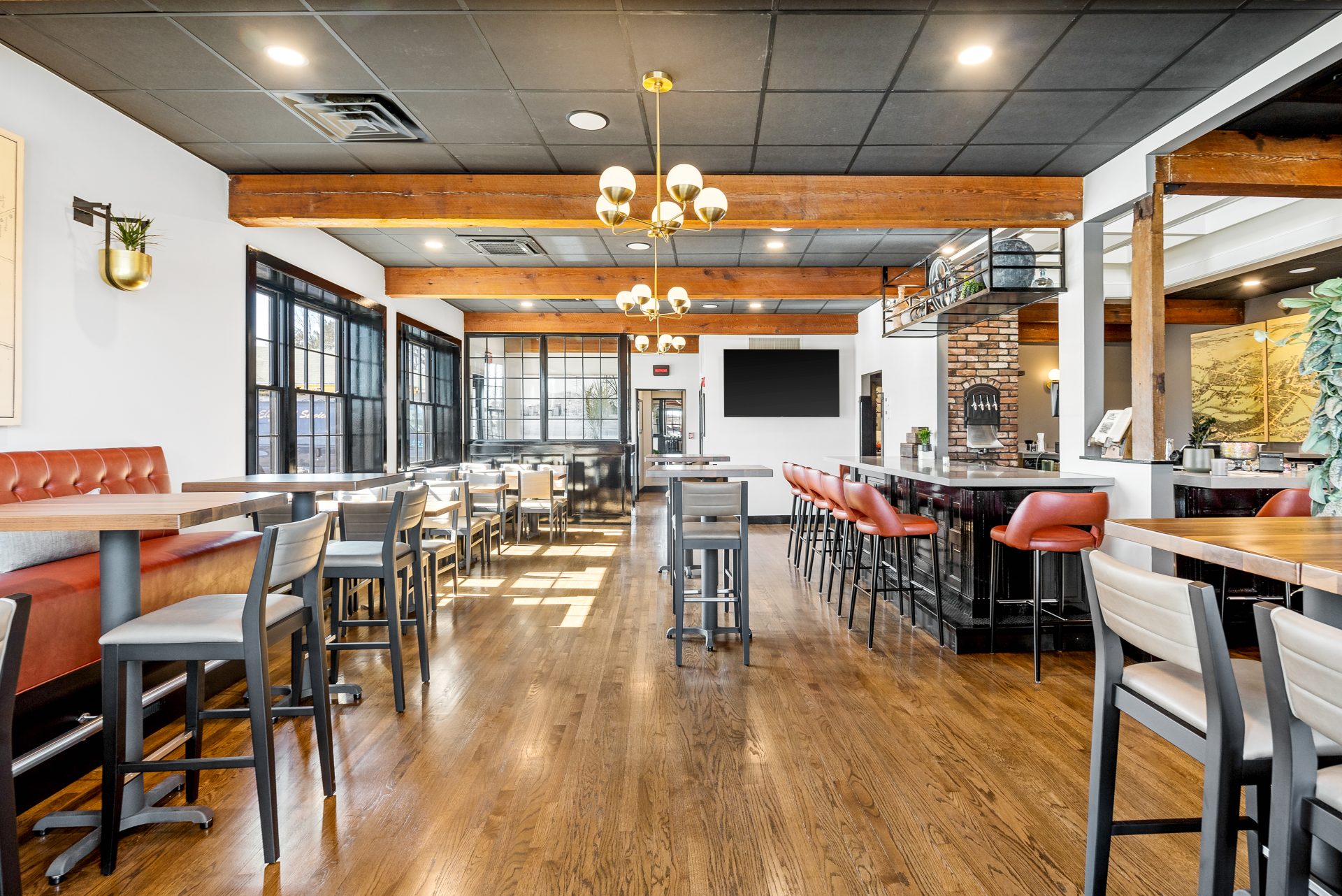Where to find the most flavorful restaurants Lockhart in the new year.
Why Dining at Local Dining Establishments Supports Your Community and Delights Your Taste
Dining at regional dining establishments supplies more than just a meal; it serves as a crucial part in supporting community vitality and economic resilience. What might this imply for the future of regional dining and neighborhood connection?
Financial Influence of Neighborhood Eating

The financial influence of neighborhood eating expands much past the dining establishment itself, affecting a wide range of industries within the community. Local restaurants play a crucial duty in boosting financial development by producing tasks, supporting local providers, and adding to community incomes. When consumers choose to dine at neighborhood facilities, they assist receive work for cooks, servers, and maintenance staff, hence boosting the neighborhood task market.
Furthermore, local restaurants frequently resource active ingredients from close-by farms and producers, cultivating a durable supply chain that benefits numerous farming markets. This practice not just sustains regional economies but additionally motivates sustainable farming practices. In addition, the sales tax generated from these dining establishments adds to vital civil services, such as education and facilities, which even more boosts neighborhood quality of life.
In addition, regional dining facilities typically foster a feeling of neighborhood, attracting locals and visitors alike, which can cause increased foot website traffic in surrounding services. This interconnectivity amongst regional enterprises improves financial strength, developing a lively and sustainable area ecological community. Essentially, the support of regional eating is an investment in the more comprehensive economic health and wellness of the location, promoting growth and sustainability for future generations.
One-of-a-kind Culinary Experiences

Additionally, lots of local facilities embrace farm-to-table methods, emphasizing the significance of seasonal fruit and vegetables. Diners can enjoy the quality of ingredients sourced from close-by ranches, which not just enhances flavor yet also promotes a link to the neighborhood landscape. This commitment to high quality and region establishes the phase for unique cooking experiences that are usually absent in chain restaurants.
Moreover, neighborhood cooks often explore combination food, blending diverse cooking customs to develop amazing brand-new meals. Such advancement not only entices the taste however likewise motivates adventurous dining, welcoming clients to widen their culinary horizons. Involving with neighborhood restaurants enables diners to enjoy dishes that are not nearly nourishment, but concerning the creativity and enthusiasm that define the cooking world, making every dining experience absolutely special and wonderful.
Strengthening Area Bonds
Eating at regional dining establishments plays a crucial function in strengthening area bonds by promoting connections amongst locals. These facilities act as important celebration locations where individuals can involve in meaningful discussions, share experiences, and create long-term memories. As customers frequent the very same regional spots, they grow a feeling of experience and camaraderie, enhancing social ties within the area.
Additionally, local dining establishments usually show the unique social material of their neighborhoods, showcasing regional customs top article and cooking heritage. This event of Source neighborhood culture not just enhances neighborhood identification but additionally urges homeowners to take pride in their surroundings. By taking part in the local eating scene, individuals add to a common narrative that binds them together.
Area events held at dining establishments, such as open mic evenings, fundraisers, or food celebrations, even more boost these links. They offer possibilities for collaboration and engagement among varied teams, cultivating inclusivity and understanding. As locals gather to sustain neighborhood organizations, they at the same time sustain one an additional, developing an interconnected network that strengthens the community's durability.
Fundamentally, eating at regional dining establishments is not just concerning food; it is an enriching experience that fortifies community bonds and cultivates a dynamic, united regional culture.
Supporting Regional Farmers and Producers
:max_bytes(150000):strip_icc()/TAL-header-oiji-mi-NEWNYCDINE0223-8c392080598d44dbafdbc87bbcf4d7dd.jpg)
This method lowers transport costs and emissions, promoting environmental sustainability while likewise boosting the taste and top quality of read the full info here the dishes served. Seasonal menus, which highlight local fruit and vegetables, allow restaurants to use one-of-a-kind culinary experiences that show the region's farming bounty.
In addition, sustaining local farmers helps preserve traditional farming practices and encourages biodiversity. It empowers small-scale producers, allowing them to grow in an increasingly industrialized food system. As local restaurants choose to companion with these farmers, they aid keep a vivid farming neighborhood, making sure that regional food systems remain resilient.
Basically, eating at regional restaurants is not merely about enjoying a dish; it is a financial investment in the regional economic climate and an affirmation of sustainable techniques. By picking regional, restaurants play a crucial duty in nurturing their communities and sustaining the diligent individuals who grow their food.
Protecting Local Society and Heritage
Rooted in the customs of their communities, neighborhood dining establishments function as vital custodians of social heritage. By showcasing regional active ingredients and standard food preparation methods, these facilities protect the distinct tastes and culinary practices that define neighborhood identity. Each dish informs a tale, reflecting historic influences and cultural narratives that have actually formed the community over generations.
Furthermore, neighborhood restaurants usually champion classic recipes gave via households, ensuring that special cultural methods live. This not only educates customers about the area's heritage but additionally fosters a feeling of satisfaction and belonging among citizens. The ambience, design, and also music in these facilities frequently resemble the neighborhood culture, offering an all natural experience that transcends plain eating.
Additionally, regional dining establishments add to the preservation of language and languages, as food selections and conversations typically include neighborhood vernacular. By taking part in neighborhood occasions and parties, these restaurants strengthen social bonds and promote social exchange. In essence, dining at regional dining establishments is not merely a culinary experience; it is a chance to engage with and sustain the abundant tapestry of local culture and heritage, guaranteeing its connection for future generations.
Verdict
